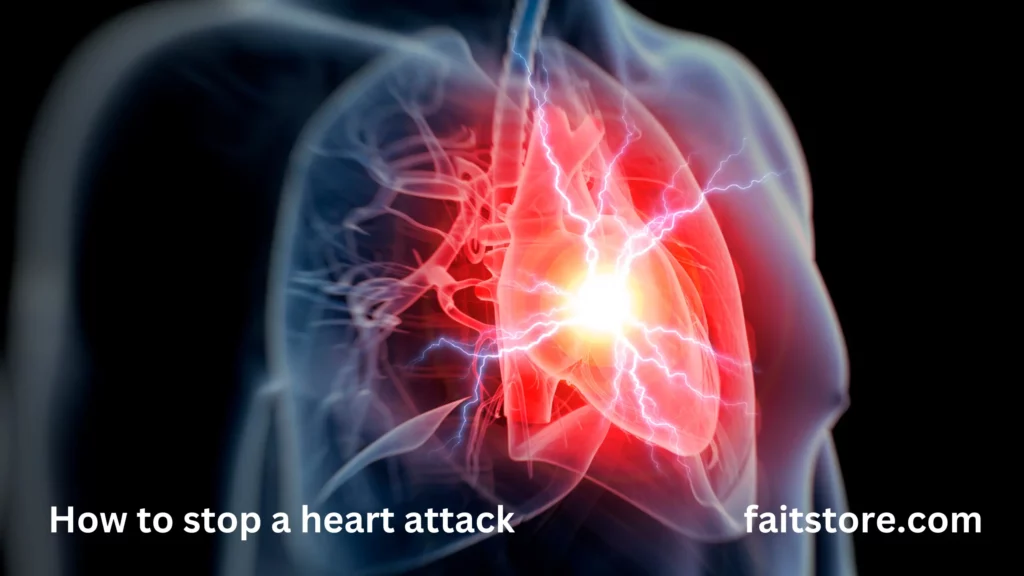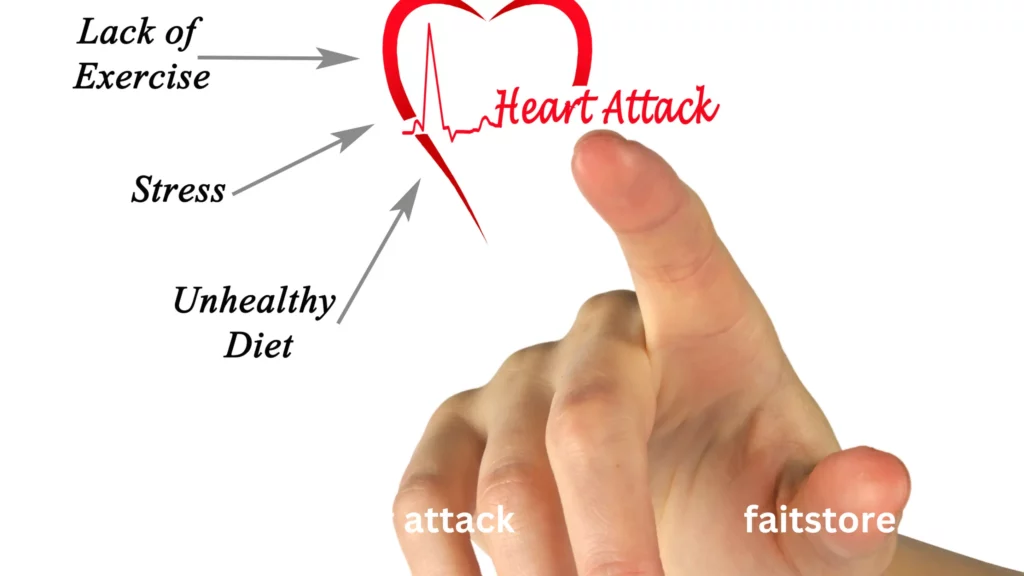How to Stop an Heart Attack: A Comprehensive Guide
How to Stop an Heart Attack: A Comprehensive Guide
A heart attack, also known as myocardial infarction, occurs when the blood flow to the heart muscle is blocked, usually by a blood clot. This lack of oxygen-rich blood can cause permanent damage to the heart muscle or even death if not treated immediately. In this article, we will provide you with a comprehensive guide on how to stop a heart attack, including preventive measures, symptoms, and emergency treatment options.how to stop an heart attack
What is a heart attack?
A heart attack occurs when the blood flow to the heart muscle is blocked, usually by plaque buildup in the coronary arteries. This blockage can cause the heart muscle to become damaged or die, leading to severe complications such as heart failure or arrhythmias. Heart attacks can be life-threatening and require immediate medical attention.

Symptoms of a heart attack
A heart attack occurs when blood flow to the heart muscle is blocked, causing damage to the heart muscle. The symptoms of a heart attack can vary from person to person and can be different for men and women. Here are some common symptoms of a heart attack:
- Chest pain or discomfort: This is the most common heart attack symptom. The pain or discomfort may feel like pressure, tightness, or squeezing sensation in the center of the chest. The pain may also spread to the arms, neck, jaw, back, or stomach.
- Shortness of breath: You may feel like you can’t catch your breath or are suffocating. This can happen with or without chest pain.
- Nausea or vomiting: Some people may experience nausea or vomiting, especially if they also have chest pain.
- Sweating: You may break out in a cold sweat, even if you’re not doing anything strenuous.
- Fatigue: You may feel extremely tired or weak, even inactive.
- Dizziness or lightheadedness: You may feel like you’ll pass out or faint.how to stop an heart attack
It’s important to note that not all people who have a heart attack experience all of these symptoms. Some people may have only mild symptoms or no symptoms at all. If you experience any of these symptoms, call emergency services immediately. Early treatment can save your life and reduce the risk of long-term heart damage.how to stop an heart attack
Risk factors for a heart attack
Several risk factors increase the likelihood of having a heart attack. Some of the most common risk factors include:
- Age: As you get older, your heart attack risk increases.
- Family history: Your risk is higher if your parents or siblings have had heart disease.
- Smoking: Smoking damages blood vessels and increases the risk of heart disease.
- High blood pressure: High blood pressure strains the heart and blood vessels.
- High cholesterol: High cholesterol levels in the blood can lead to plaque buildup in the arteries, increasing the risk of a heart attack.
- Diabetes: People with diabetes are at higher risk for heart disease.
- Obesity: Being overweight or obese increases the risk of heart disease.
- Sedentary lifestyle: Lack of physical activity can increase the risk of heart disease.
- Stress: Chronic stress can increase blood pressure and contribute to heart disease.
- Unhealthy diet: Eating a diet high in saturated and trans fats, salt, and sugar can increase the risk of heart disease.

Comments
Post a Comment